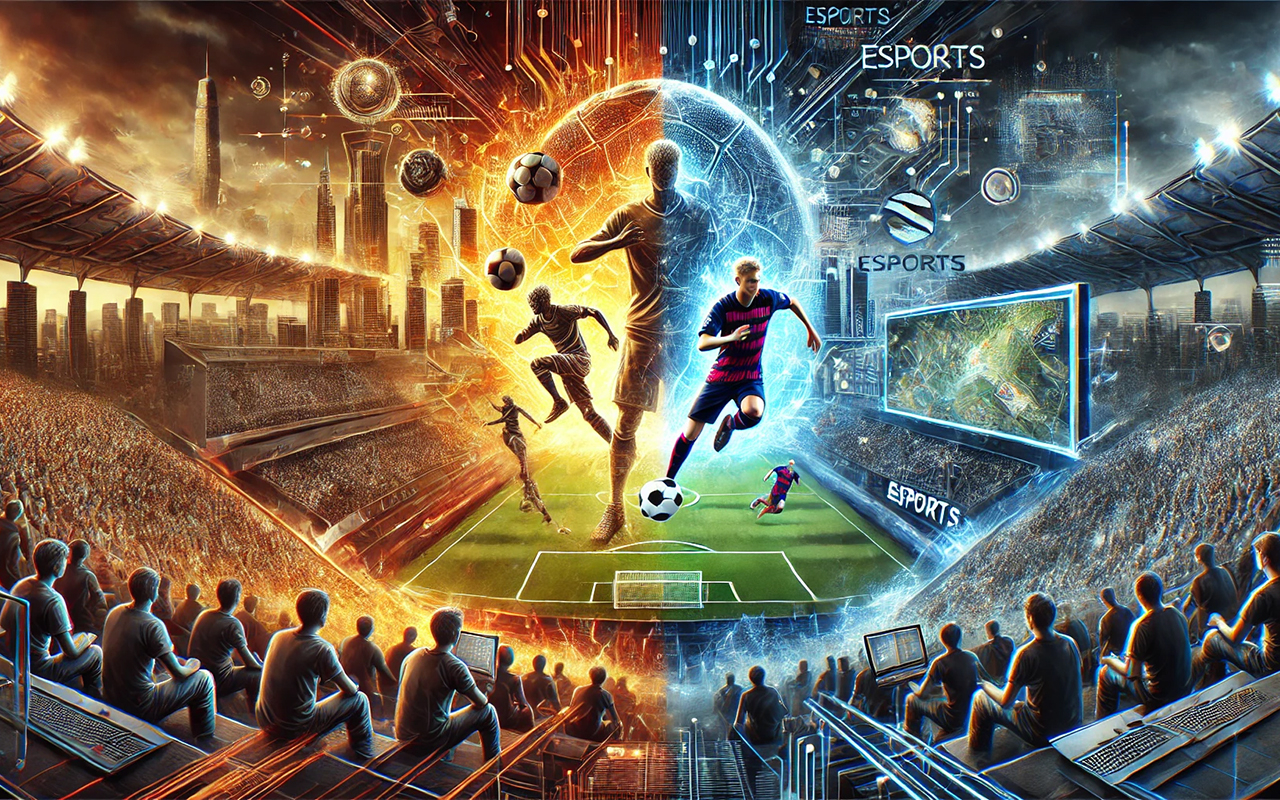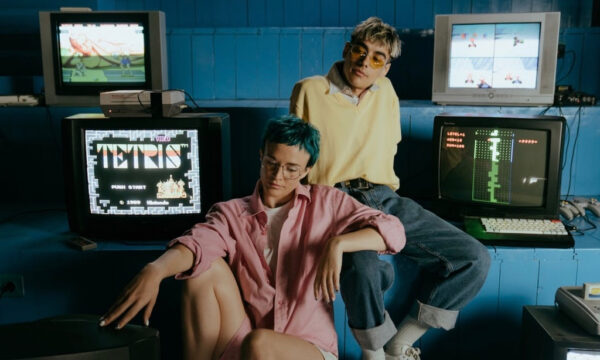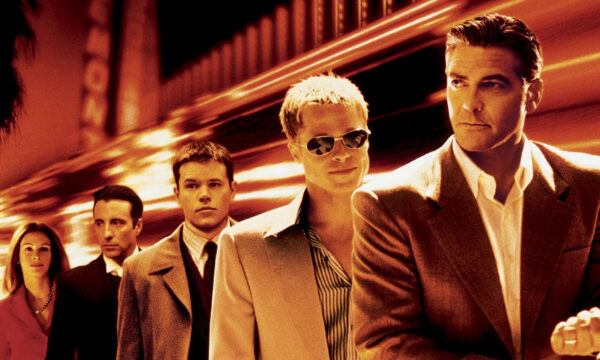From console to court: The rise of eSports and its influence on traditional sports

The world of sports is undergoing a transformation unlike anything seen before. While traditional sports like football, basketball, and tennis have dominated the global stage for centuries, a new contender has emerged from the digital realm—eSports. What was once considered a niche hobby has grown into a multi-billion dollar industry, attracting millions of viewers worldwide. But the impact of eSports extends beyond the gaming community; it is beginning to reshape the very fabric of traditional sports, influencing everything from athlete training to audience engagement.
The rise of eSports
The journey of eSports from obscurity to global prominence is nothing short of remarkable. In the late 1990s and early 2000s, competitive gaming was largely confined to small tournaments and local gatherings. Games like StarCraft and Counter-Strike drew dedicated communities, but it wasn’t until the advent of high-speed internet and streaming platforms that eSports truly exploded. The creation of professional leagues and major international tournaments, such as the League of Legends World Championship and The International for Dota 2, marked a turning point. Today, eSports events fill arenas, with viewership numbers rivaling those of traditional sports championships.
The growth of the eSports industry is staggering. According to recent reports, global eSports revenue is expected to surpass $1.5 billion by 2025, with a fanbase exceeding 600 million. Major corporations and brands are investing heavily in sponsorships, recognising the potential of eSports to reach a young, tech-savvy audience. Games like Fortnite, Call of Duty, and FIFA have become cultural phenomena, driving the industry forward and cementing eSports’ place in the broader entertainment landscape.
eSports influence on traditional sports
As eSports continues to rise, its influence on traditional sports is becoming increasingly evident, particularly in how technology is being integrated into training and strategy. Many professional sports teams are now using gaming technology to enhance their training regimens. Virtual reality (VR) simulations allow athletes to practice in hyper-realistic environments, improving their decision-making skills and reaction times. For example, NFL teams have begun using VR to simulate game scenarios, allowing quarterbacks to rehearse plays without the physical wear and tear of traditional practice.
The impact of eSports on traditional sports extends beyond technology; it’s also changing how athletes train and strategise. The use of data analytics, a staple in eSports, is now a critical component of many sports teams’ approaches. Coaches analyse vast amounts of data to optimise player performance, much like how eSports teams use in-game metrics to fine-tune their strategies. Additionally, athletes are increasingly using gaming to improve their cognitive functions, reflexes, and strategic thinking. NBA players, for instance, participate in NBA 2K tournaments, which not only serve as a form of entertainment but also help them visualise plays and improve their understanding of the game.
The influence of eSports is also evident in how traditional sports engage with their audiences. The eSports model of live streaming, real-time interaction, and social media engagement is being adopted by traditional sports leagues to attract younger fans. Platforms like Twitch and YouTube have become essential tools for sports franchises, allowing them to connect with a global audience in ways that were previously unimaginable. The rise of interactive fan experiences, such as fantasy leagues and virtual watch parties, owes much to the innovations pioneered by the eSports industry.
Crossovers between eSports and traditional sports
The crossover between eSports and traditional sports is not just limited to technology and strategy; it’s also visible in the athletes themselves. Increasingly, traditional athletes are participating in eSports, either as competitors or as team owners. For example, professional footballers like Antoine Griezmann and Sergio Agüero have launched their own eSports teams, blurring the lines between physical and digital competition. These crossovers highlight the growing recognition of eSports as a legitimate form of athletic competition.
Hybrid competitions, where eSports and traditional sports coexist, are also becoming more common. Events like virtual Formula 1 races, where professional drivers compete alongside gamers, showcase the potential for new forms of entertainment that blend physical and digital elements. The increasing interest in mixed-reality sports experiences, where athletes compete in both real and virtual environments, suggests that the future of sports may be one where these two worlds merge even further.
Additionally, the concept of cross-platform benefits is gaining traction, where achievements in one game unlock rewards or advantages in another. For example, platforms like Casino.Help allow players to earn rewards in certain games that can be transferred or used to unlock benefits in other games. This creates a more interconnected gaming experience, further blurring the lines between different types of sports and entertainment.
Hybrid competitions, where eSports and traditional sports coexist, are also becoming more common. Events like virtual Formula 1 races, where professional drivers compete alongside gamers, showcase the potential for new forms of entertainment that blend physical and digital elements. The increasing interest in mixed-reality sports experiences, where athletes compete in both real and virtual environments, suggests that the future of sports may be one where these two worlds merge even further.
Challenges and criticisms
Despite its growing influence, the integration of eSports into traditional sports is not without challenges. Skepticism remains among traditional sports enthusiasts who question the legitimacy of eSports as a “real” sport. Critics argue that the physical demands of eSports cannot compare to those of traditional sports, creating a cultural divide between the two fan bases. Additionally, health concerns associated with professional gaming, such as repetitive strain injuries and mental health issues, have raised questions about the sustainability of eSports as a long-term career.
The future of sports: A symbiotic relationship?
Looking ahead, the relationship between eSports and traditional sports is likely to become increasingly symbiotic. As technology continues to evolve, the lines between these two forms of competition may blur further, leading to the emergence of new hybrid sports that combine physical and digital elements. Innovations like augmented reality (AR), artificial intelligence (AI), and blockchain could revolutionise both industries, creating new opportunities for athletes, teams, and fans alike.
In conclusion
The rise of eSports is not just reshaping the gaming industry; it is also having a profound impact on traditional sports. From technological advancements in training to new forms of audience engagement, eSports is influencing how we think about competition and athleticism in the digital age. As these two worlds continue to converge, the future of sports promises to be more dynamic, interactive, and inclusive than ever before.
The editorial unit
























Facebook
Twitter
Instagram
YouTube
RSS